I often equate launching a start-up with the military tag line: “It’s not a job, it’s an adventure.” This is a good high-level way to describe the process that awaits the founder’s journey. Another saying that comes to mind: “It’s the journey, not the destination.” Not only is the start-up path a memorable one from the perspective of day-to-day demands on time and the requirement to stretch capabilities to the max (obviously, there is no one to delegate to as an early-stage founder), but being involved in a start-up also provides a unique and rewarding emotional experience. It’s an experience that I’d recommend everyone have at least once in their life but, it’s not for the faint of heart. Similar to an adventure like rafting the Grand Canyon’s Colorado River if you knew what to expect, most people probably wouldn’t attempt such a trip.
Reflecting on my first rafting trip spanning 270 miles and 14 days on the wild Colorado River through the Grand Canyon I realize there are many parallels with the start-up experience. The waves in the biggest rapids can be upward of 20 feet and when you are in a 14-foot boat, positioning, preparation, and tactics can be critical to surviving unscathed. While it was probably the most amazing experience of my life, it was also the most terrifying and I don’t think I would have elected to participate if I had known, in advance, what I would face. Of course, after the fact, I was so happy that I had the experience. So happy in fact, that I did it a second time 4 years later!
Like launching a start-up, once you are on the river, there is no turning back, particularly on the Colorado River. There is only one place to hike out 4 days into the trip — after many brutal white water rapids. Similarly, once a start-up accepts investment, there is a sense that there is no turning back — founders must be completely committed. Like taking a trip on the Grand, naivety is the key driver to starting down the path of a start-up adventure. This same naivety along with the courage to take a chance is likely to be the most critical ingredient for the advancement of technology and the principal driver behind the best innovations of our time.
Founding a start-up takes grit, determination, expertise, and a leap of faith. What I’ve found from my own experience, having started several companies from the idea to successful exit, is that it is difficult to prepare for the emotional rollercoaster that awaits even with prior experience. Now from an investor point of view as a Partner at Inspiration Ventures, I have experienced that founders aren’t often prepared for the emotional highs and lows that come with the start-up life.
For those of you considering launching a start-up or are still in the early days of planning, I hope the following can help prepare you for the emotional rollercoaster-like stages that you can expect as you move through your adventures and help to set your expectations for the long haul. Like most experiences, the emotional phases of a start-up can vary greatly from person to person and closely tracks to a founder’s ability to embrace and thrive in a chaotic situation. Recognizing that everyone is different, here are the emotional phases of a start-up based on my personal experience:
1. Visions of grandeur
From an emotional perspective, visions of grandeur is perhaps one of the most exciting phases of the start-up experience. This is when the idea is first formed and the possibilities are endless in terms of how successful the business will be. Emotions run high with thoughts of becoming the next Elon Musk and the envy of your business school (or start-up incubator) peers.

2. Imaginary friend
This phase begins when a commitment is made to move forward with the business endeavor. The founder’s primary task is to convince others — often in order to recruit a business partner to garner enthusiasm about the vision for the idea and company. Because the venture does not yet exist, it is as if the founder has an imaginary friend (the business idea). His or her job is to find people that can enthusiastically begin seeing that imaginary friend, talking with it, and introducing it to others.

3. Ego and friends & family funding
This chapter typically begins when initial funds are collected from friends and family in order to launch the business. Usually, it is relatively easy to convince friends and family, particularly if the founders present the idea / vision of grandeur with a great amount of passion. Money raised at this time is mostly based on relationships and has very little to do with objective business viability or opportunity.
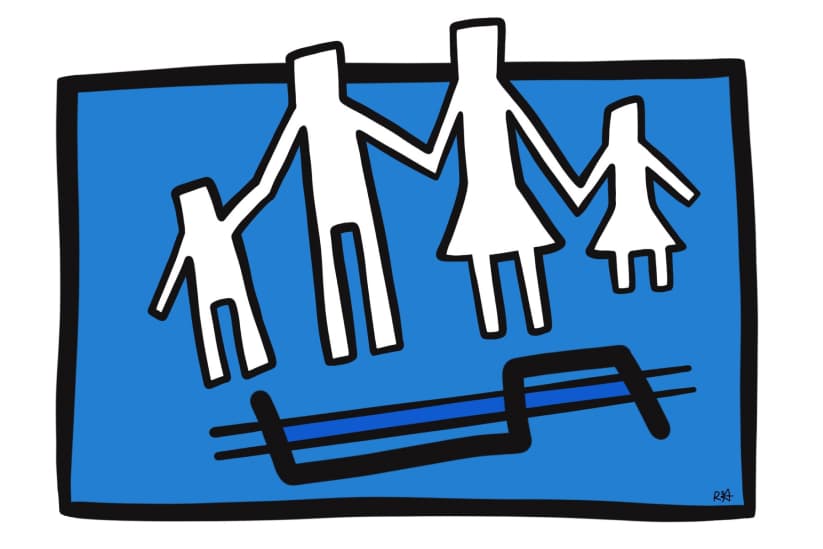
4. Reality check: Build it and they *don’t* come
Once money is taken from friends and family — the pressure to succeed (and related stress associated with it) raises substantially. Usually, reality begins to set in when the founder faces the facts that it will take more time, money, and resources than expected to finish the product and secure customers.
The realization that competitors exist and the need to differentiate from them when talking with customers usually also increases anxiety.
Despite all of the early positive survey results, when presented with the initial product there is usually a reality check that the original idea isn’t necessarily what customers will be willing to pay for. Now the founders learn what features customers will actually pay for. This may require a redesign of some kind and more money will now be needed which further adds to concerns. At this point, the notion begins to sink in that what was originally thought of as a sprint to product/market fit will most likely become a marathon.
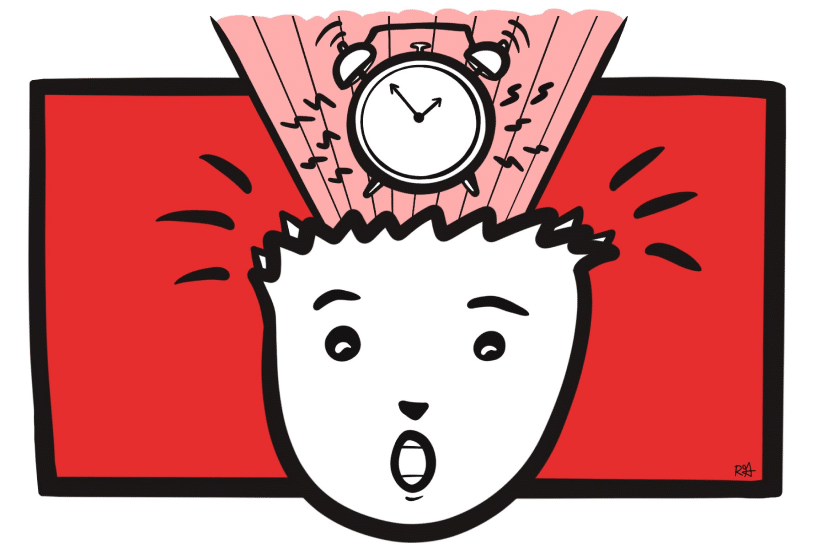
5. Excitement renewed
After managing to raise a seed round of financing or attending an accelerator program, a start-up’s first paying customers and positive user feedback finally provide validation. There is a renewed sense of enthusiasm knowing that a customer has paid for your product or service. Excitement builds knowing that if a few customers are gaining value, it will be just a matter of time to attract more and more of them. Seed money typically happens at this stage.
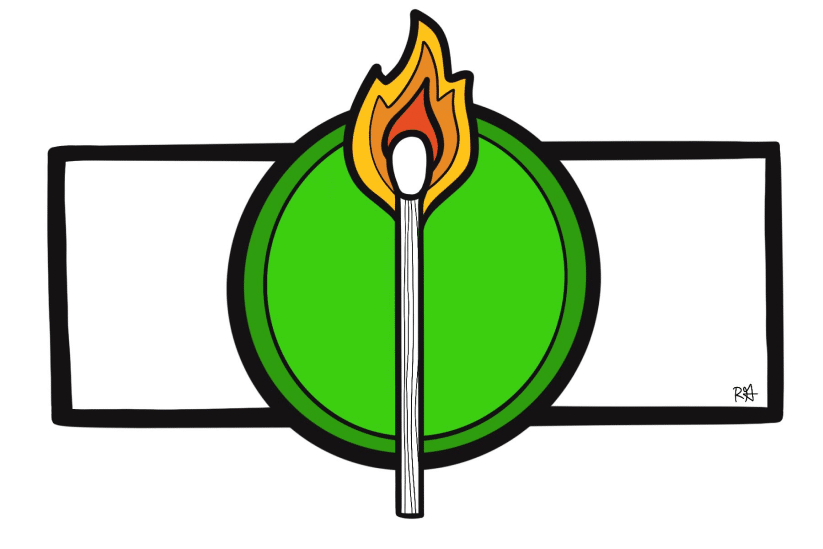
6. Long haul mantra
Although customers are buying and the product is delivering value, the challenge now shifts to scale and balancing growth with expenses. The expectation of investors is an added burden that typically increases the pressure. There is usually an awareness now that, while the business will grow and should succeed, it will take more time, resources, and effort than anyone had originally anticipated.
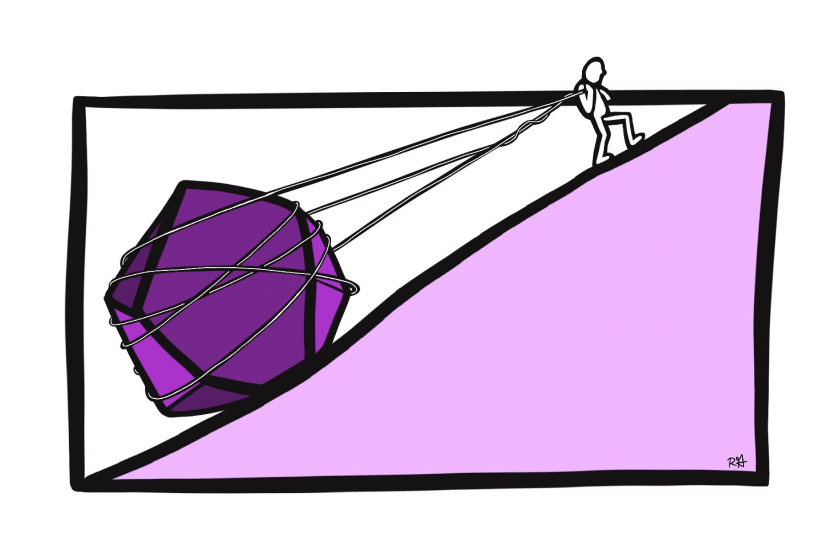
7. Lift off
In general, within the first 12 months of closing a seed investment, the business strategy and model should be validated along with value provided to customers. If the initial business plan and market research were accurate, the business will now enter an upward trajectory and customers, key business metric results, and the market warrants planning for a Series A round of investment. Essentially, the business is well poised for “lift off.” This is a very exciting time for everyone involved and the founders can typically experience a new healthy dose of “visions of grandeur” after overcoming the challenges of the early start-up process. At this stage, much of the effort shifts from vision to execution.
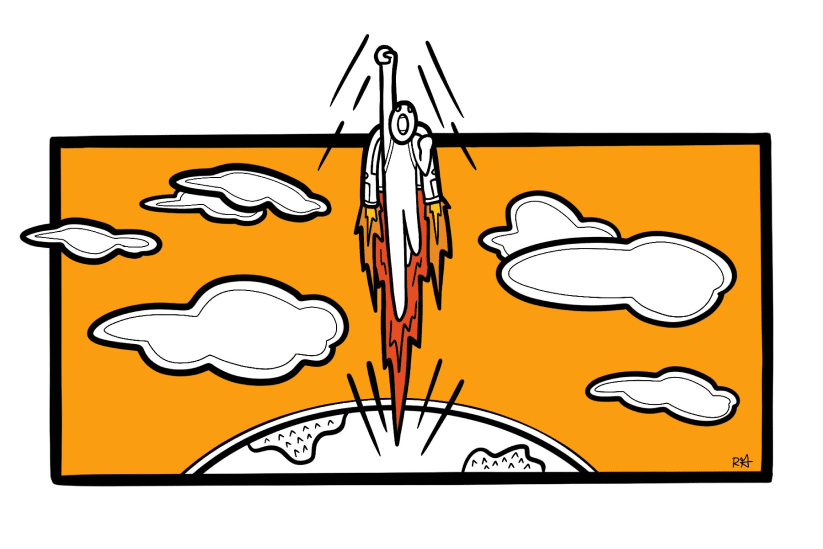
8. Look out
In most cases, within 12 months of a seed investment, although the business is progressing, it is not quite making the progress that will allow a successful Series A investment to be closed at a higher valuation. If so, in some cases more seed money can be raised usually on similar terms to the original seed investment. Alternatively, the founders may choose to manage existing resources to achieve operational break-even.
This will allow the business the time required to be on the “look out” for how changes to existing processes including new features of the service or product can help build a more compelling case to customers.
In addition, often a break-out strategy based on changing market conditions can arise. With this approach, many businesses can find themselves in a “right place at the right time” situation when a new, sometimes tangential, opportunity for the product or service arises. Although changes to the market creating new opportunities are often impossible to predict, being “in the game” allows the business to take advantage of opportunities that develop. It is always a very exciting time when a new market opportunity can quickly be addressed by the existing business — with a few tweaks of course. This can sometimes create a break-out opportunity that could not have been planned for in advance.
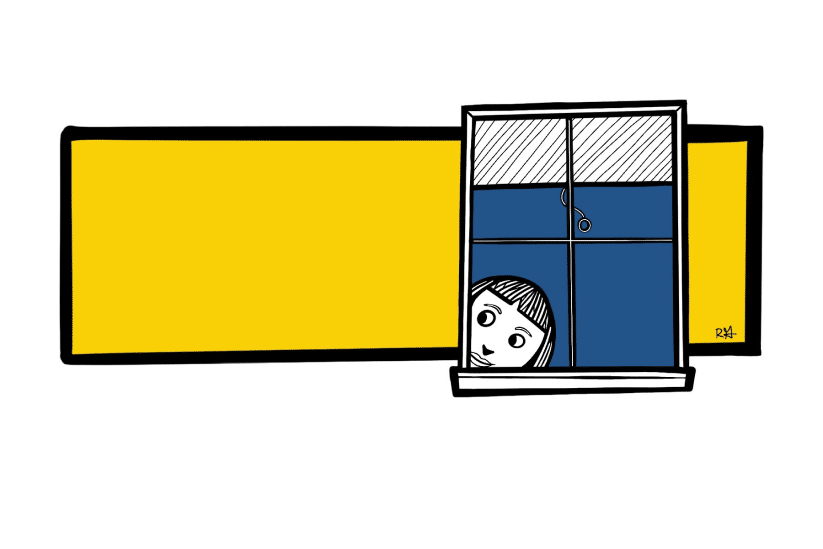
Start-ups continue to grow beyond these initial phases with new sets of emotions to match their progress. General outcomes include: 1) develop into a lucrative lifestyle business, 2) fold due to lack of ability to raise capital or inability to achieve operational break-even, 3) become successfully acquired — which often is a great alternative for investors and founders, or 4) in fewer cases — IPO. In nearly all cases, achieving these outcomes almost always requires a longer time commitment than was originally planned.
As previously stated, emotional phases of a start-up journey can vary based on a variety of factors including the founder’s personality, the start-up’s ability to raise capital, the amount of passion for the business, and, perhaps most importantly, prior participation in a start-up. Although I have been through more than one start-up of my own, I have always been amazed that many of these emotional stages have been re-lived each time. Having prior success can help highlight the highs and the highs can be very satisfying — not to mention the rewards that span bringing your creation to life, providing jobs, bringing a valuable service to customers, and, importantly, the financial rewards that result. This is what kept me coming back to found over 5 companies in my 25-year entrepreneurial career. Also much like taking my second Grand Canyon Colorado River white water adventure, after vowing to never do it again during and after the first trip, the anxiety and terrifying memories fade and take a back seat to the amazing experience — it is enough to get me back into the boat for another round.
For founders, perhaps the best way to experience all of this is to enjoy each and every stage of start-up life to its fullest no matter how uncomfortable or stressful — a task that is not always easy to do.
I like to remind founders that it is very likely that one day you’ll look back on the difficult and stressful phases as being the best of times.
Remember: “It’s the journey, not the destination” that matters most in life! So, if you are inclined to take a chance, work hard, see your imaginary friend become something that others can invest in and buy, why get a job when you can choose a start-up adventure. And, in addition to all this fun, you may end up with a substantial financial payday.
I’ll be diving deeper into each of these emotional stages in subsequent articles — stay tuned!